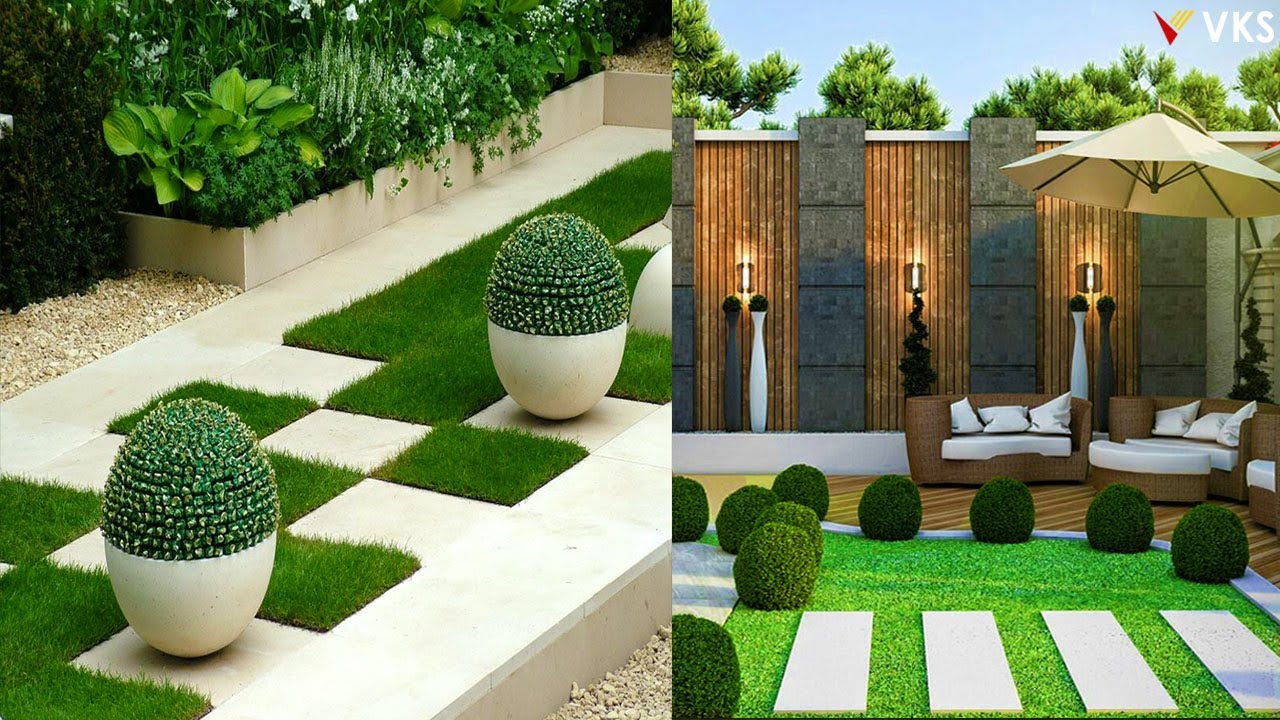
Those who have been designing a landscape for a long time know that the process of making a landscape isn’t just about planning and design. There are several elements that come into play, such as plants, form themes, and overhead elements. These will help you in making the perfect garden for your home.
Using overhead elements in your landscape can enhance your outdoor living experience while also providing protection from the elements. For example, you can place a solid-covered structure on the side of your house or add a porch to a deck. These structures may even extend the usable space of your backyard.
There are several ways to use these structures, but it’s important to know the right ones for your situation. For example, if you have a small backyard, an overhead pergola may not be the best choice, but a trellis or pergola-style patio may be more practical. For those of you with a larger yard, consider extending your patio by putting up an awning.
There are many facets of landscape design to take into consideration, but if you’re trying to create an oasis for yourself or your guests, overhead structures are the way to go. These structures are the perfect complement to a beautiful garden and will provide protection from the elements, as well as allow you to sit outside without getting blasted by the sun.
The best way to use overhead elements is to integrate them into a unified scheme. For instance, a canopy can serve as a shade for your pool area, while a deck may be used as a place for you and your guests to relax after a long day at work. You could even place an overhead light fixture in the center of your home to make the most of natural light.
A good landscape design should take into account the needs of its inhabitants, including the local wildlife. While this may sound like a no-brainer, it’s one of the most important lessons to learn.
Whether you want to add personality to your native landscape or want to demonstrate the value of good design, a form theme can be a great way to achieve your desired results. You can choose to use a traditional form theme or one that is more contemporary.
For example, the geometric forms of squares and rectangles are common in hardscapes. They are also well-suited to repetition and organization. If you have a large open site with rolling terrain, a radial form theme might be more appropriate.
A rectilinear form theme is another commonly used landscape design theme. It is composed of straight lines, which create a strong sense of structure. It can be used to create driveways, plant beds, and patios. It can even extend to the shape of a fire pit. This theme works well in a small, flat yard.
Another form theme that is often used in modern landscape design is free-flowing. It incorporates organic shapes and a naturalistic approach to style. It is usually used in a country or rustic setting. It can be used in a sloping landscape, but it is not as space-efficient as the rectilinear theme.
A free-flowing form theme is best suited to a naturalistic approach to style. This theme utilizes groupings of plants, which are influenced by how the plants move and interact with each other. This type of landscape can take on a variety of different looks, but it typically uses a more informal style.
A contemporary design theme can be developed by using yellow and other bright flowers. The color palette should be varied to avoid the sense of tediousness.
For example, many yards in today’s suburban neighborhoods have large lawns. If you are designing a yard in such a neighborhood, it is a good idea to match the style of the neighborhood.
Choosing the right plant for the right place is a critical element in any landscape design. Plants in landscape design provide shade and windbreaks, block out noise, attract specific wildlife, and help create a habitat. They can also add color and texture to a garden.
Plants in landscape design can be classified into three types: herbaceous, woody, and ground covers. Herbaceous plants include vines, shrubs, and perennials. These plants may grow in vertical or horizontal patterns.
Woody plants can include bamboo, ornamental grasses, and ferns. Disease resistance is a major factor in selecting woody ornamentals.
Ground covers are low-growing plants that act as living mulch. They can be used to cover large areas or to create a more intimate space. The types of plants you use in your landscape can be determined by the soil conditions. Some are drought-tolerant, while others are moisture-retentive.